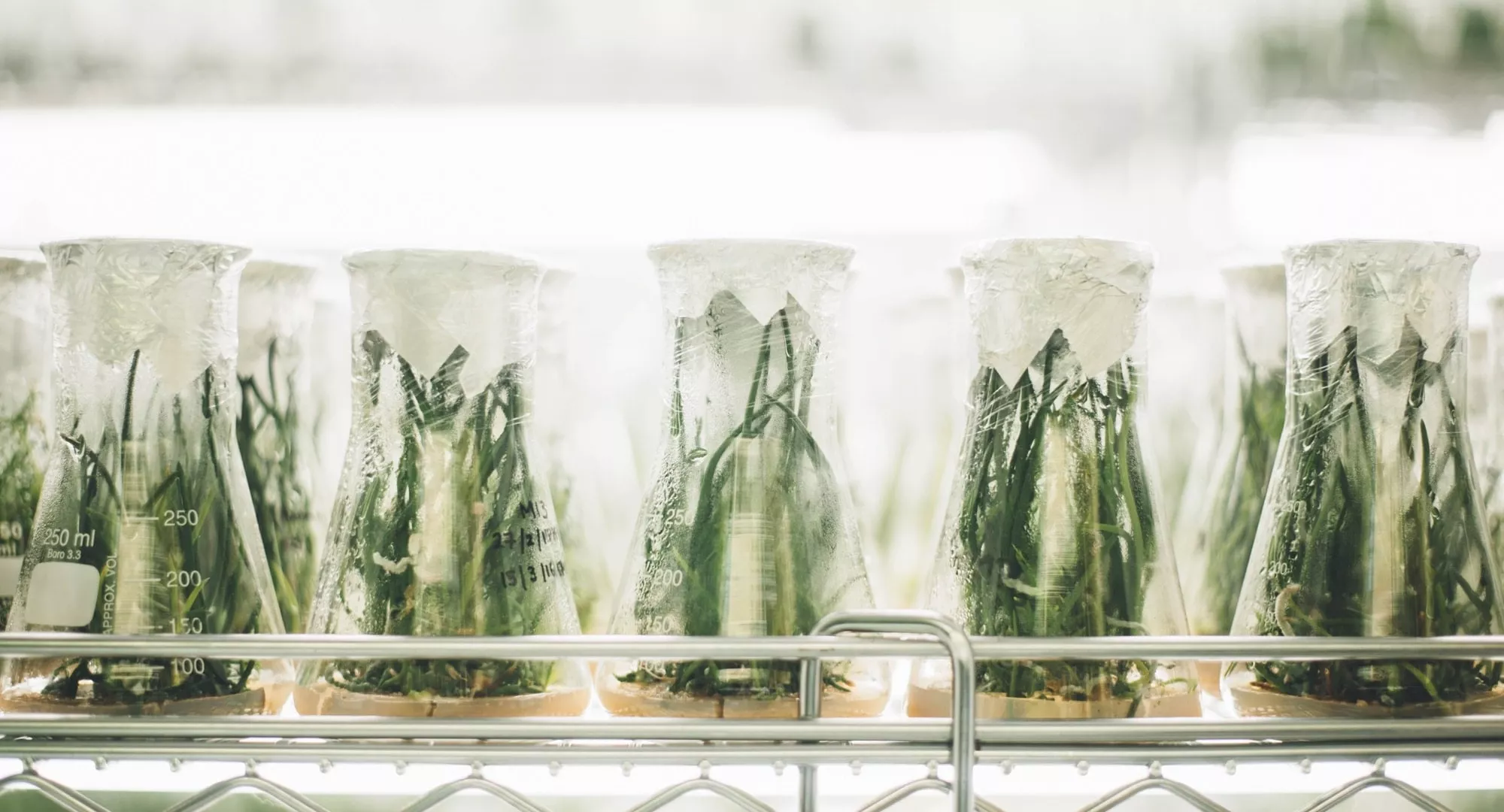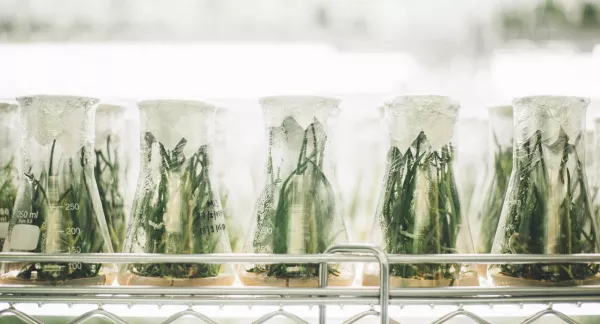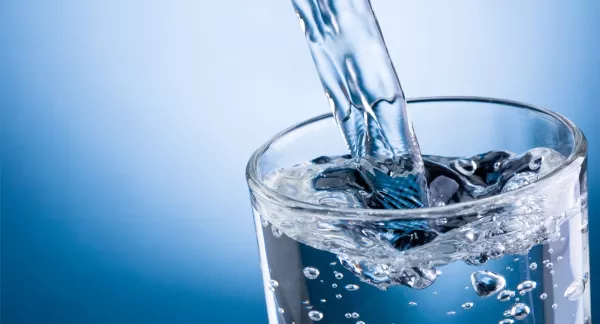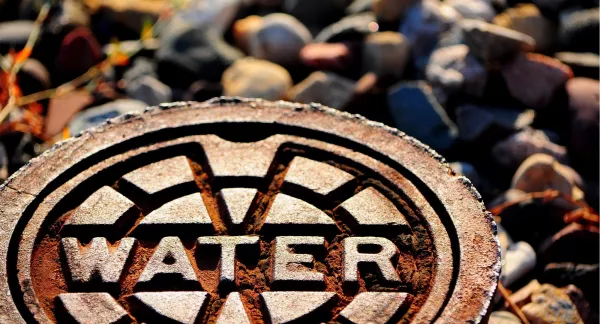
Assessing the Contribution of Water Reuse Practices to Nutrient Impaired Waters
Abstract
Water quality impairment due to nutrient loading prevents many surface waters in Florida and other parts of the United States from meeting Total Maximum Daily Load (TMDL) requirements and statutory beneficial use criteria. Currently, there is no marker that can effectively discern the source-to-load relationship to properly assign a certain nutrient load reduction to the responsible party. Such a marker is needed by water reclamation agencies/utilities to allow for accurate municipal wastewater load assessments in situations where the point source has largely been translated to nonpoint source applications such as reuse irrigation. This project investigated environmental monitoring of the medical contrast agent iohexol and fingerprinting of iohexol degradates as potential reconnaissance markers of nonpoint source loading to nitrogen impaired waterbodies resulting from recycled water practices in Florida, with a promising outlook in support of nutrient TMDL development and implementation in the United States. Published in 2020.
Originally funded as WERF project WRF1727.


